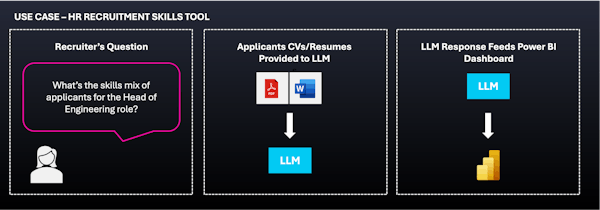Large Language Models (LLMs) have been the talk of the industry with promises of transforming organizations and the way we all work. Many of the most well-known models, such as ChatGPT, are cheap and easy to use. Yet they are limited to answering questions based upon the information contained within their initial training datasets. Fun to use, but not scalable or fine-tuned to work for your organization. Additionally, there are privacy concerns for businesses intending to share sensitive data with companies that have opaque terms and conditions.
So, how can you employ techniques to overcome these limitations and securely implement LLMs within your organization? That’s what I’d like to talk you through in this article. When implemented securely, LLMs can access an organization's internal knowledge base - including documents, databases, or any relevant data source - to answer questions insightfully and in an effective tone of voice. This approach, known as "retrieval augmented generation" (RAG), unlocks the business potential of these models, enabling deeper interactions with customers or employees. This article will aim to give you an understanding of how to utilize LLMs for your business, how to enhance their performance to maximize potential benefits, and how data management experts like us at Amplifi can offer customized support and guidance, tailored to your specific needs.
I’ll guide you through several practical ideas that businesses can use with LLMs and provide detailed strategies on the best methods to initiate their implementation effectively. This will help ensure you're well-equipped to start integrating these advanced technologies into your operations smoothly.









